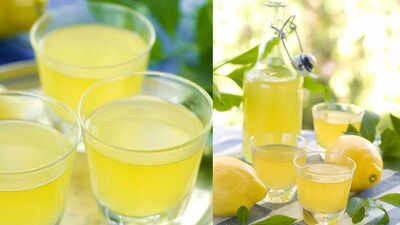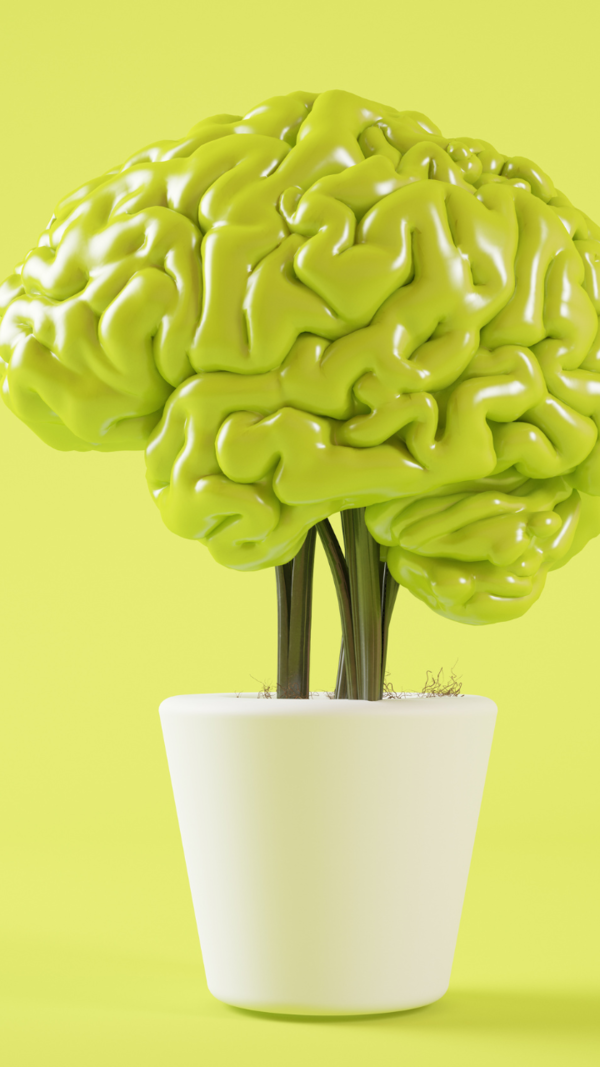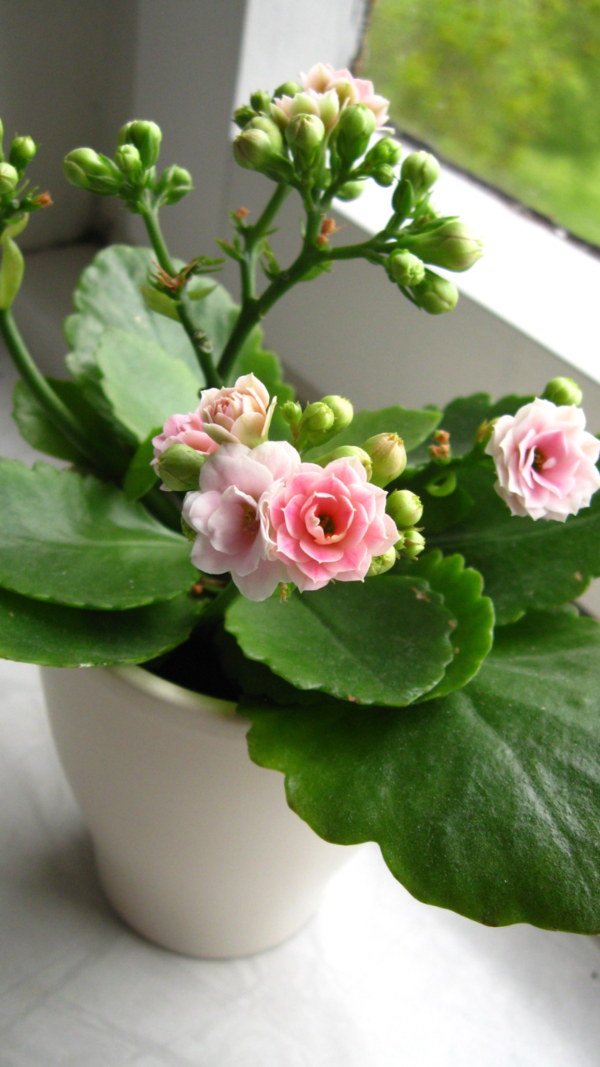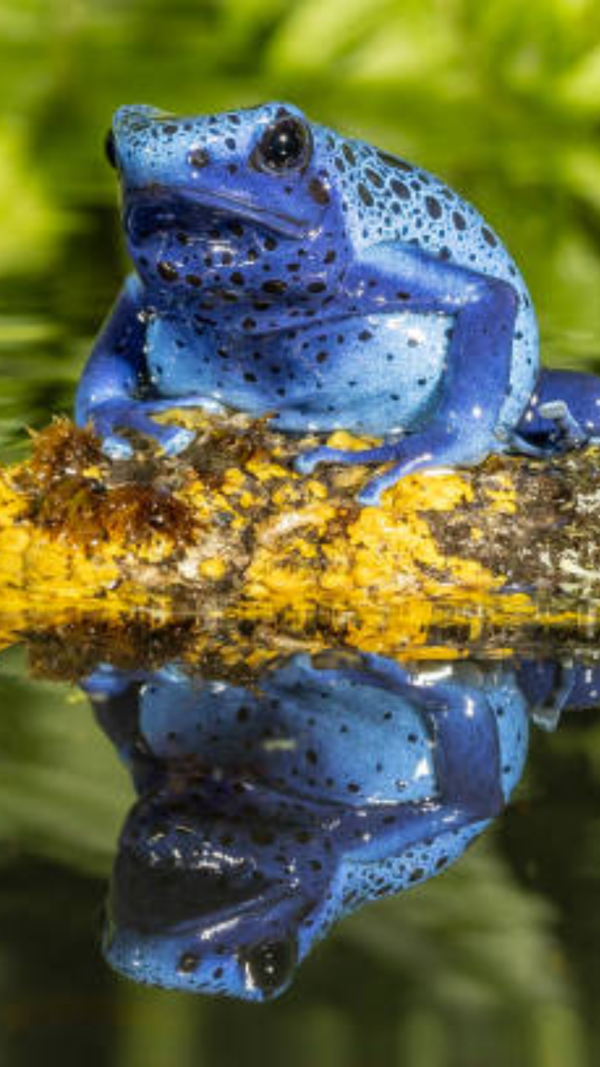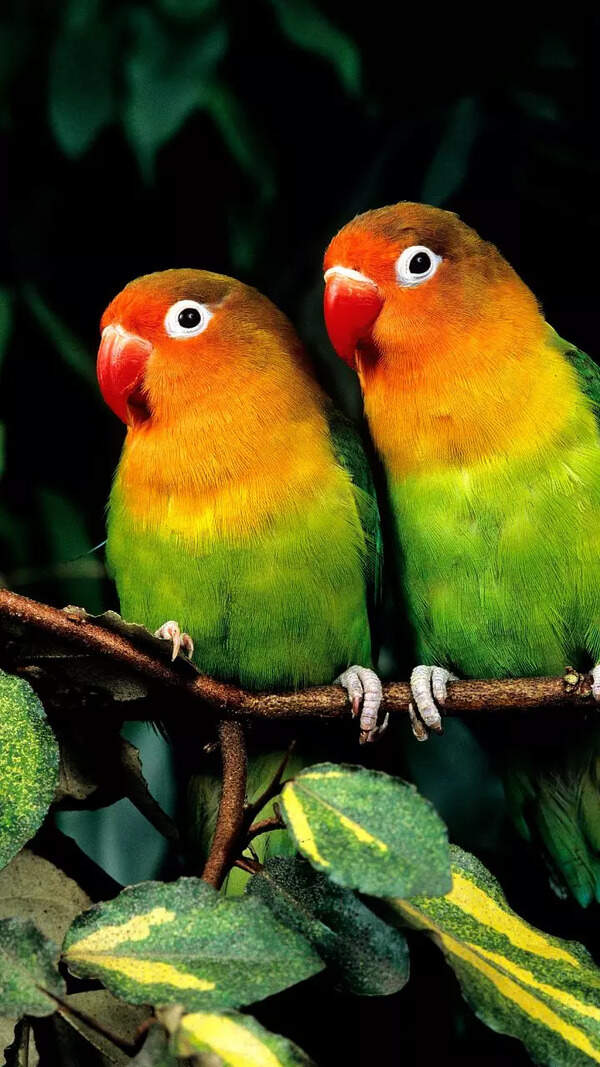Trending
The revival of indigenous Indian liquor that was once banned by the Brits
Mahua, a traditional Indian liquor made from the Mahua tree, holds cultural and historical significance for tribal communities. Once banned by the British to monopolize the alcohol industry, its distillation was restricted. Recently, Mahua is being revived in Madhya Pradesh as a heritage liquor, blending traditional methods with modern techniques to create a unique spirit.
Indians and their palate for liquor dates back to ancient history, where liquor was known as Somras and was prepared with a melange of fruits, herbs and spices. However, this love for indigenous liquor evolved and adapted to regional tastes and preferences. Interestingly, every Indian region has some or the other indigenous liquor, which is majorly made with local produce and is fermented to perfection, so from Goan Fenni to South Indian Toddy to Mahua from Madhya Pradesh to the traditional Tadi (Tari), every part of India has a unique desi liquor, and here’s the lost tale of Mahua, which was once banned by the British government. Read on to find out…
The lost tale of Mahua
For ages, the Mahua tree has been considered as the ‘Tree of Life’ by the tribes of Baiga, Gond, Santhal, and Oraon, to name a few. This is due to the potent properties of the flowers, fruits, and leaves of the Mahua tree, which is believed to provide sustenance, medicine, and spiritual significance.
Evolution of Mahua
Why was it banned?
In the late 1800s, the British government banned mahua distillation as it was believed to be a dangerous intoxicant; they further limited the production of indigenous liquor in these tribal communities from producing or selling it. This was done to intentionally monopolize the Indian alcohol industry with imported liquor and spirits. Even after India’s independence in 1947, the stigma of mahua persisted and was restricted under the archaic liquor laws. However, it was around 2021 when mahua liquor was revived in Madhya Pradesh as a heritage liquor, which is beginning to be reintroduced by blending it with traditional knowledge and modern distillation techniques.
How is Mahua liquor made?
Mahua liquor distillation is made using the traditional process, which has been followed over centuries. Made with dried mahua flowers that are naturally rich in sugar and are soaked in water and left to ferment. Wild yeast, often carried over from previous batches, helps in accelerating the process of fermentation, which takes about five days in the summer and longer in colder months. The fermented mash is then distilled, resulting in smooth, floral and earthy notes.
What’s your take on this?

About the Author
TOI Lifestyle DeskEnd of Article
Follow Us On Social Media
Visual Stories
Tired of too many ads?
